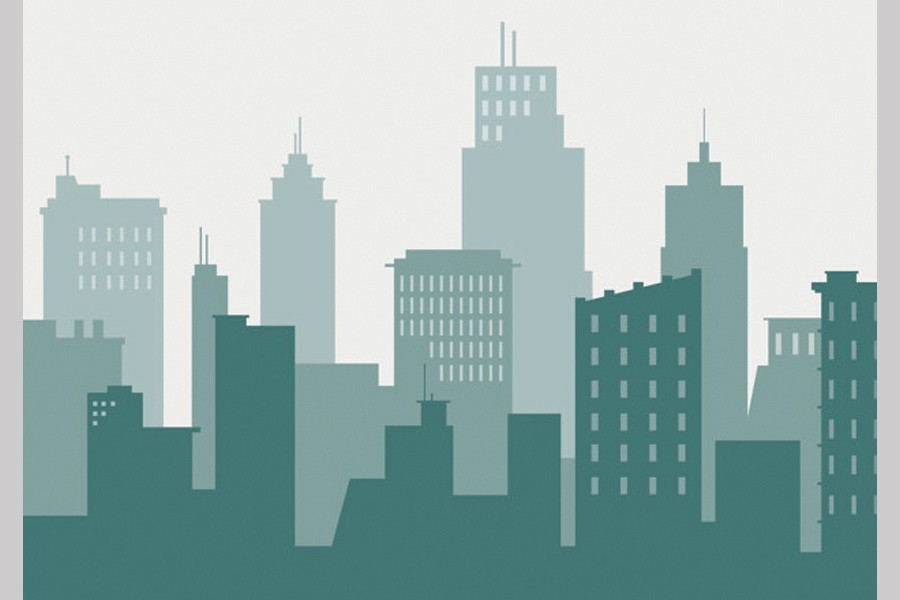Urbanisation remained largely unstructured and imbalanced in Bangladesh mainly due to the slow pace of urban poverty reduction and decentralisation in the recent decades, said experts.
Although Dhaka absorbed a significant part of urbanisation, the rate of growth of urbanisation has slowed down and over focusing on Dhaka and Chittagong also caused the other cities to get less light of blanched urbanisation, they added.
Speakers said those at a technical workshop titled "Getting Urbanization Right in Bangladesh", organised by Bangladesh Institute of Development Studies (BIDS) on Thursday in thye city.
Little is known about growth in cities and towns outside Dhaka, while connectivity remains an important policy lever for proper urbanisation.
Meanwhile, climate induced migration is another emerging issue for urbanisation, said speakers.
Dr Binayak Sen, director general of BIDS, who chaired the event, said “The urban cities’ growth outside Dhaka has not taken off in an appreciable measure. So, questions arose whether we foster secondary urban development rather than obsessively focusing on Dhaka and Chittagong cities.”
He cited the study presented at the event that highlighted whether we only keep focusing on Dhaka or on decentralisation in the process of urbanisation.
Nora Dihel, Senior Economist in the Macroeconomics and Fiscal Management Global Practice of the World Bank gave welcome remarks.
She said "successful urbanisation is crucial for economic growth and it is important for Bangladesh being an upper-income country as urban areas are more productive, and support more innovation and growth.
She emphasised on the urbanisation of secondary cities and sustainable structure of the middle and small cities for the country's economic growth.
Dr Forhad Shilpi, Bank and Dr Alejandro Molnar economists in the Sustainability and Infrastructure Team of the Development Research Group, World, presented the key notepaper.
They said that Bangladesh is rapidly urbanising, but urbanisation during the past decades is deemed as somewhat unstructured and unbalanced.
The United Nations Department of Economic and Social Affairs (UNDESA) predicts Bangladesh’s population to reach a peak of 185 million in 2041 and the urbanisation rate to reach about 60 per cent in 2050, up from 38 per cent in 2020.
Dhaka remains the urban hierarchy in Bangladesh with an outsized influence on the country’s economy. Greater Dhaka generates one-fifth of the country’s GDP and almost half of its formal employment, read the study.
Dhaka also creates over 30 per cent of the country’s formal manufacturing jobs, according to the World Bank, it cited.
Although a mega city of 50 million may make it easier to provide some urban services, recent pandemic experience suggests that such concentration of population can expose cities to higher risks of disease, climate and natural shocks.
The marginal cost of combating climate and congestion impacts of such population concentration can also become prohibitive quickly. In the future, changing climate conditions may profoundly impact which areas and cities will absorb internal migrants.
The presentation also highlighted how urbanization patterns evolved during the last two decades, focusing on differences between the mega-city of Dhaka and other smaller cities, and how recent development of trade routes and connectivity may affect urbanisation patterns.
It also discussed how cities will cope with migration due to climate induced sea-level rise, flooding, and natural disasters.


